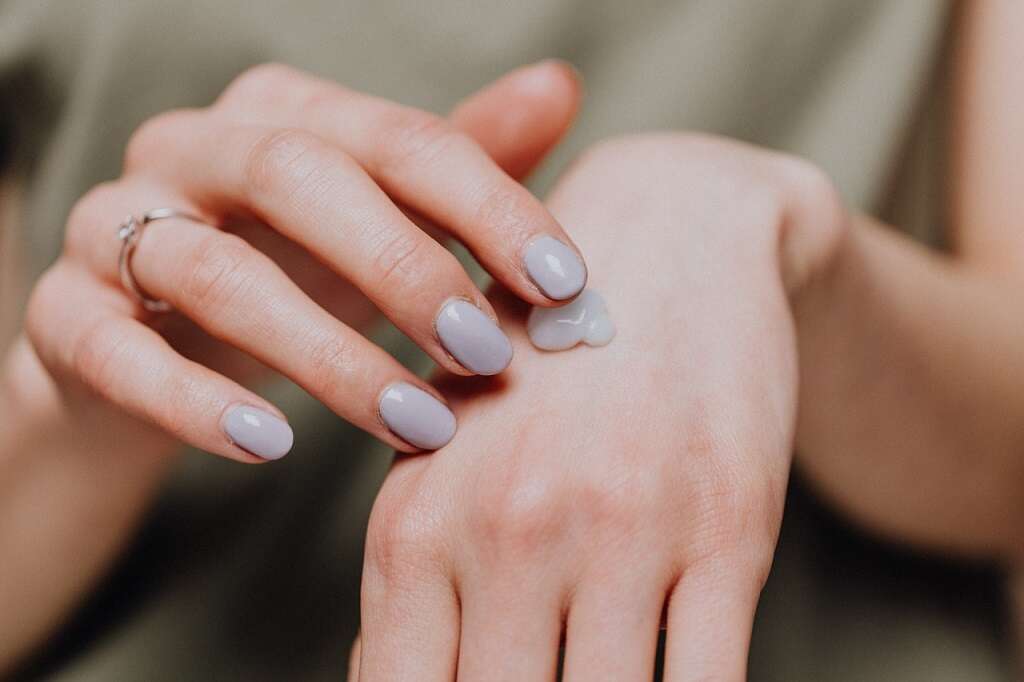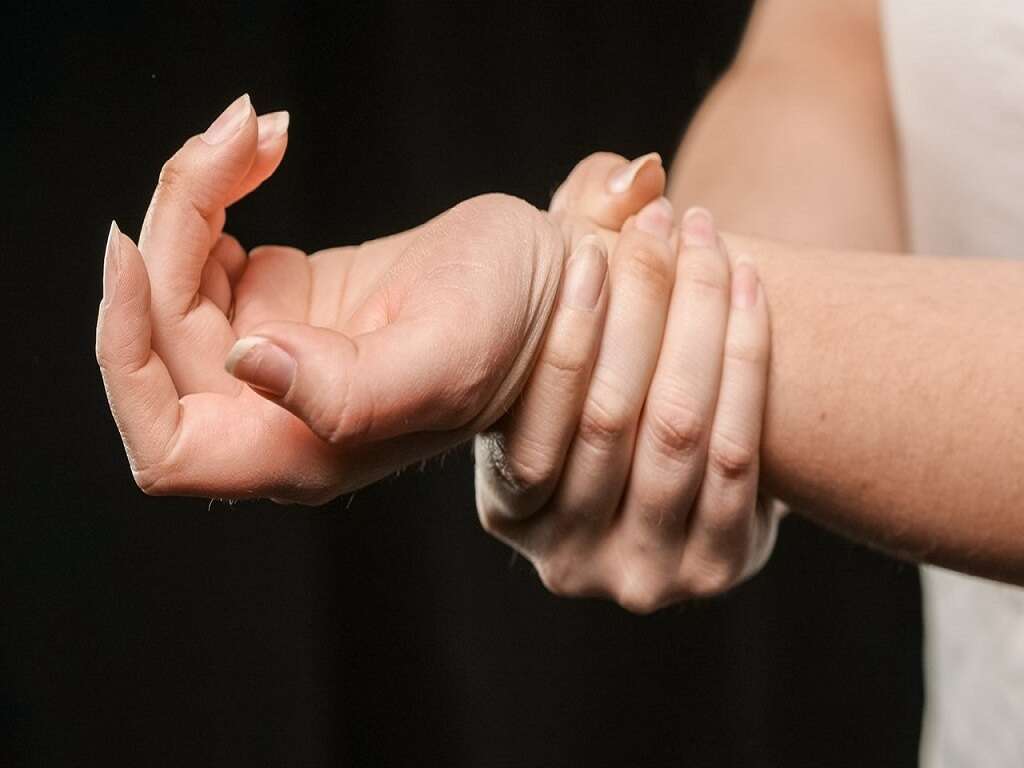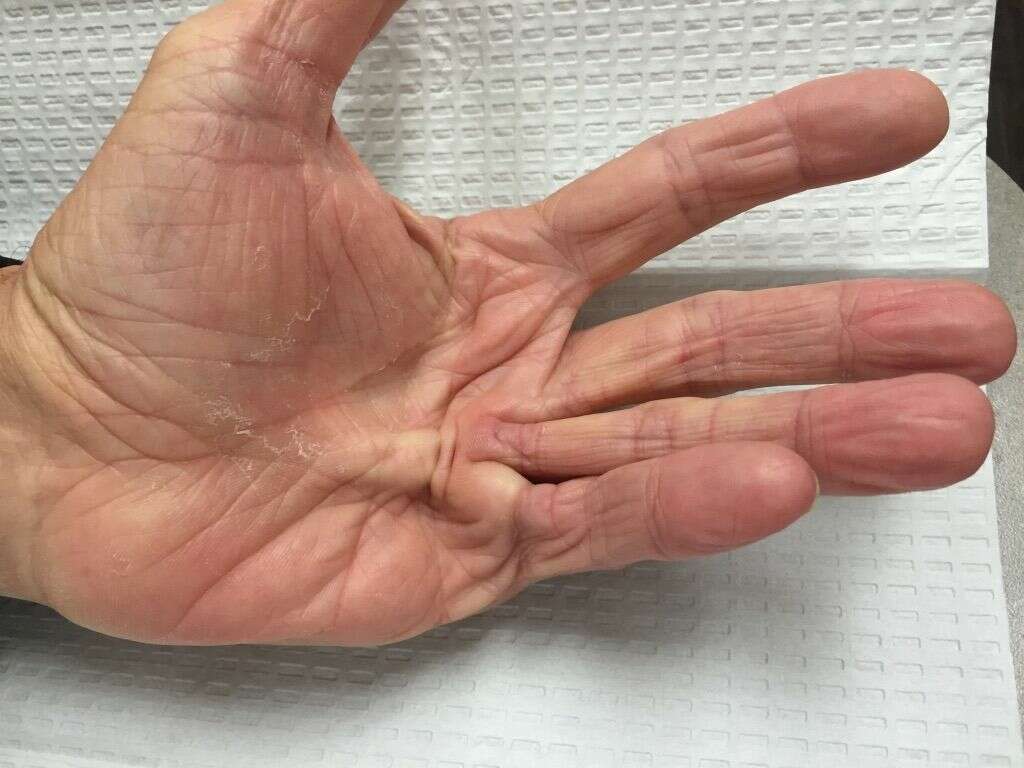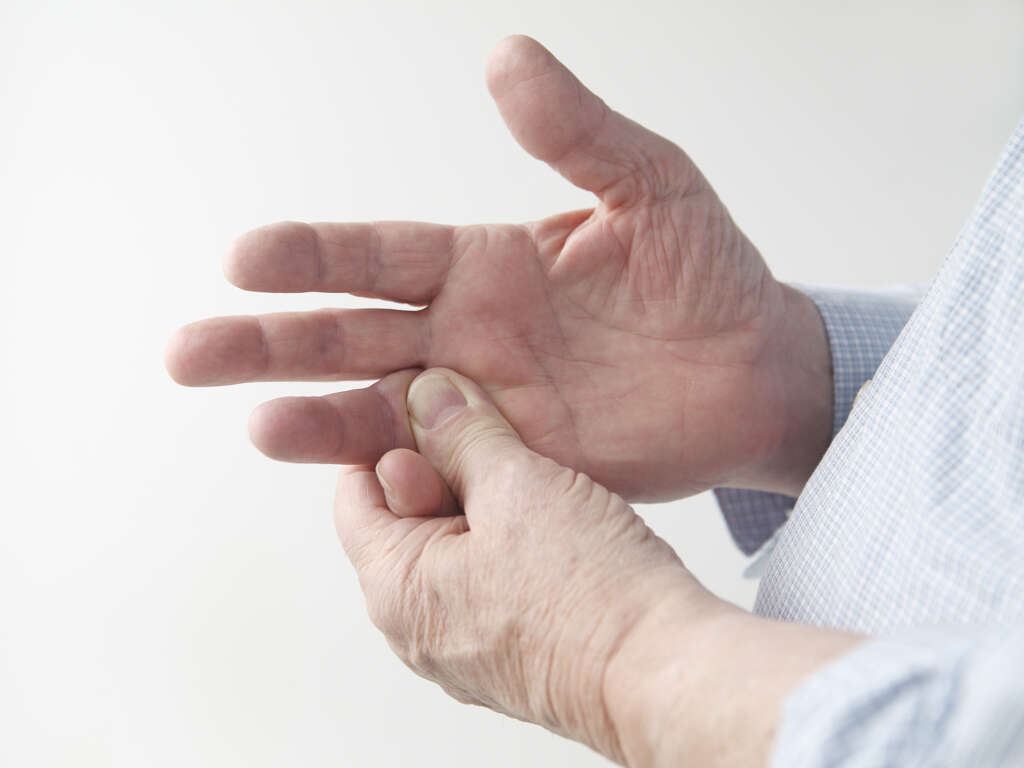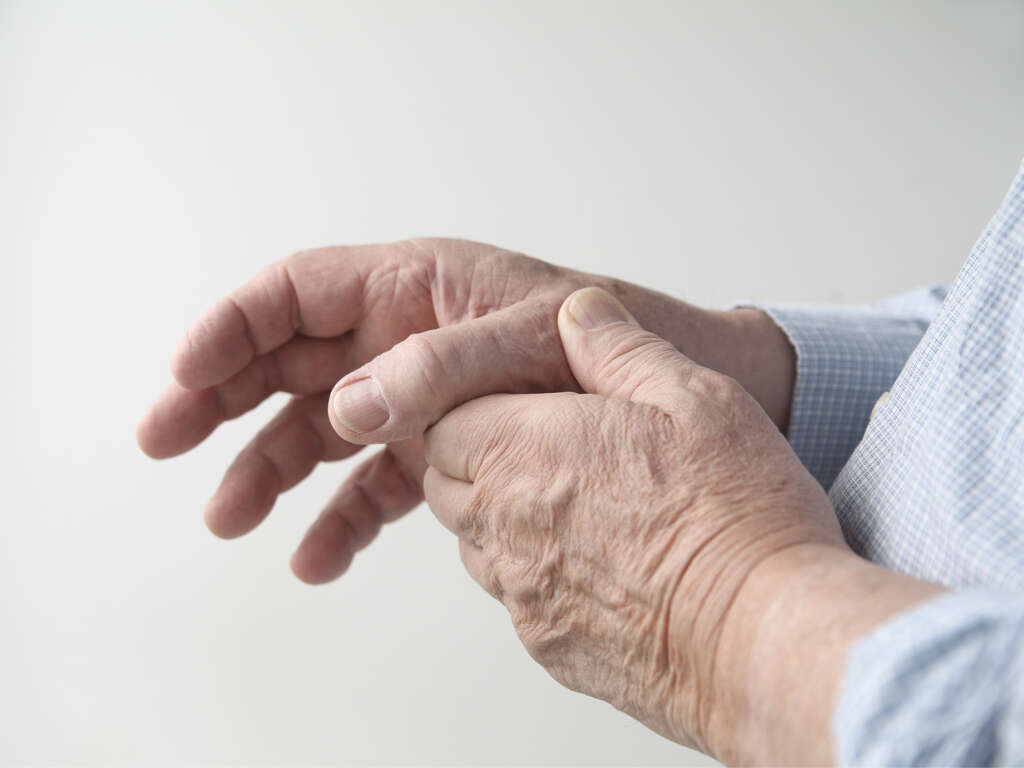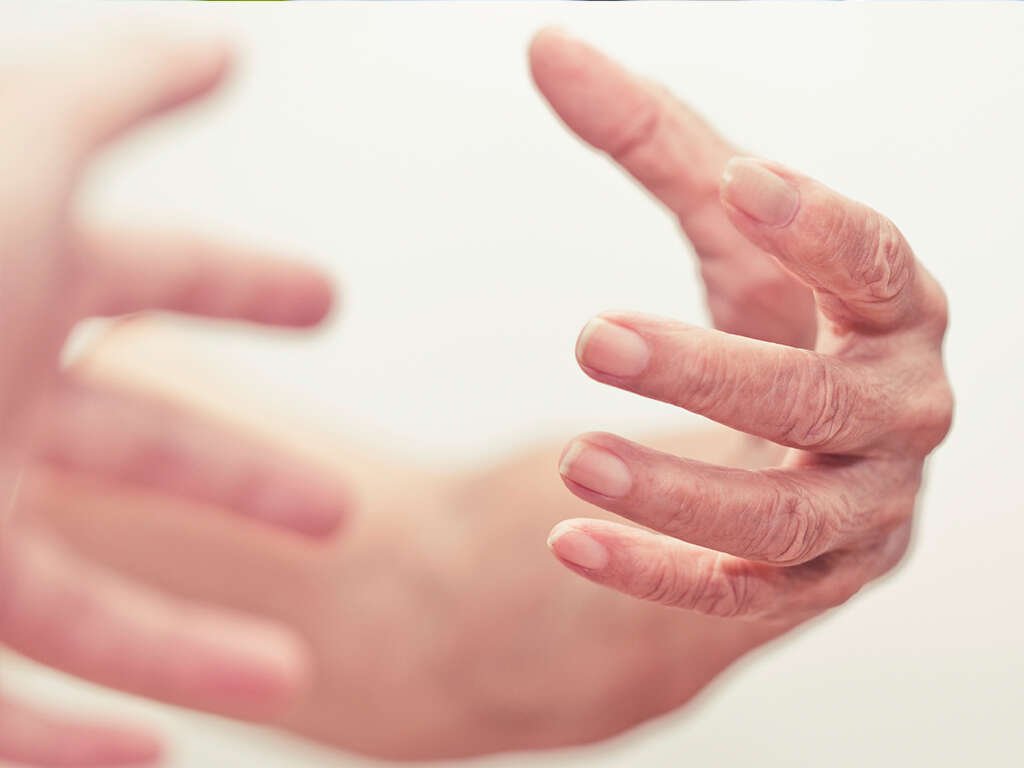Paronychia Symptoms, Causes and More
 Article Sources
Article Sources
- 1. Leggit, Jeffrey C. 'Acute and Chronic Paronychia.' American Family Physician, 1 July 2017, www.aafp.org/afp/2017/0701/p44.html
- 2. Microorganisms Found on the Skin.' Microorganisms Found on the Skin | DermNet NZ, dermnetnz.org/topics/microorganisms-found-on-the-skin/
- 3. Rockwell, Pamela G. Acute and Chronic Paronychia.' American Family Physician, 15 Mar. 2001, www.aafp.org/afp/2001/0315/p1113.html
Paronychia is a red, tender infection of the skin at the side or base of a nail. Sometimes called a whitlow, paronychia is commonly caused by bacteria and can affect fingers or toes. Nail-beauty treatments, picking or biting or work that involves wet hands put people at risk, and women are three times more susceptible.1Leggit, Jeffrey C. ‘Acute and Chronic Paronychia.’ American Family Physician, 1 July 2017, www.aafp.org/afp/2017/0701/p44.html
Paronychia symptoms can develop suddenly, and sometimes it doesn't have an identifiable cause. While it can be painful, the condition can usually be managed at home in a short timeframe. Certain cases, such as those involving ingrowing toenails, or where the infection spreads, may need medical attention.
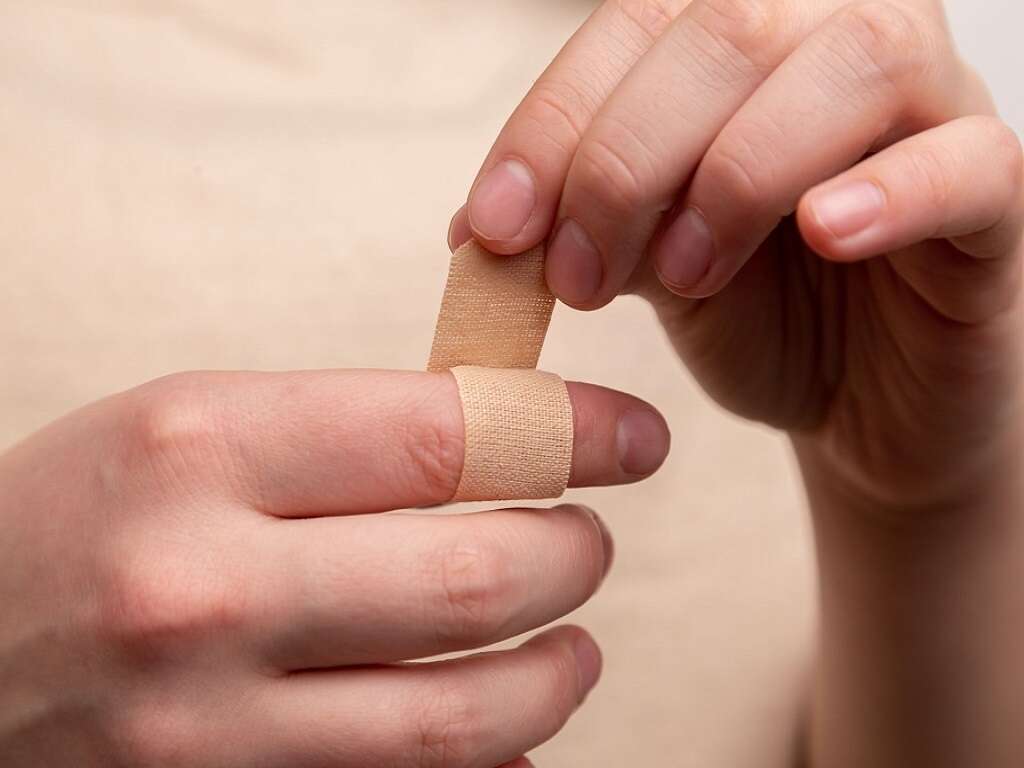
Paronychia Causes
Paronychia occurs when germs get past the skin's protective layer due to a small cut or graze. This allows the invisible microbes, typically staph bacteria, to enter the area and cause infection. Paronychia is classed as a localized skin condition, meaning the infection typically stays within a small area.
Often, the triggers for paronychia aren't easily identified, but picking or biting nails, cosmetic nail applications and ingrowing toenails are all risk factors. Essentially, any action that disrupts the area around the nail fold or cuticle. Paronychia is also linked to jobs where the hands are wet for extended periods, such as construction and cleaning.

Symptoms
Paronychia is fairly easy to recognize. Red, tender skin forms at the cuticle or nail fold, at the base or side of the nail and begins to swell. Yellow pockets of pus may also develop. The index and middle fingers are most commonly affected, probably due to these two digits being used more frequently.
Sometimes paronychia is felt before being seen, with a painful sensation when someone places a hand in their pocket or putting shoes on.
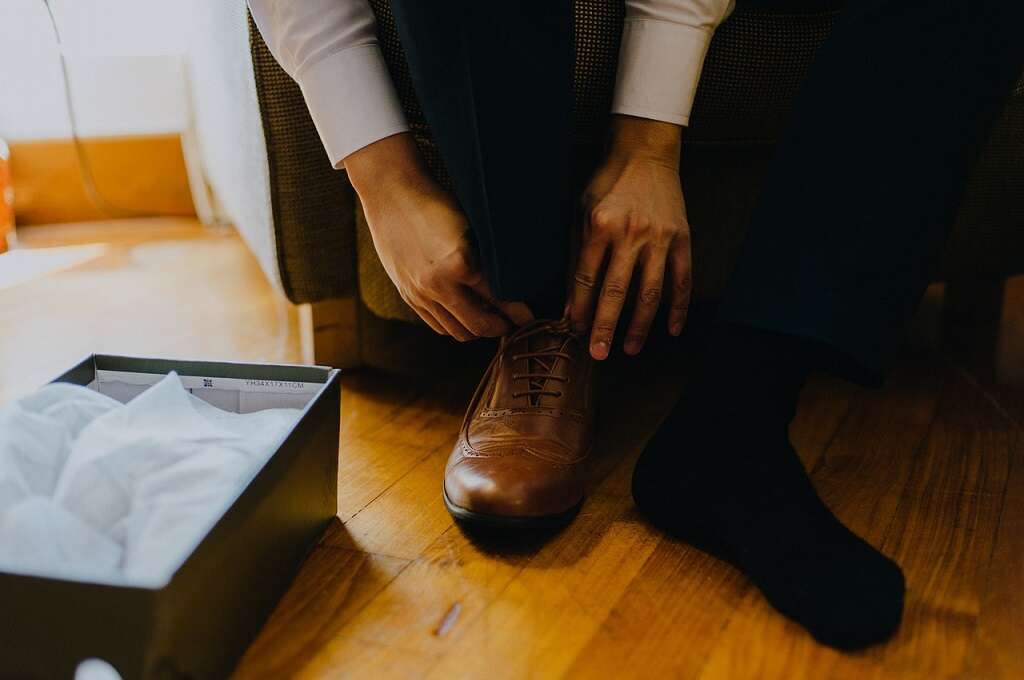
Skin Microflora
A huge amount of invisible microbes, known as microflora, are found on people's skin. In fact, after the digestive system, more microorganisms live on the skin than anywhere else on the body. Of these, bacteria are the most numerous, though yeasts are also present.2Microorganisms Found on the Skin.’ Microorganisms Found on the Skin | DermNet NZ, dermnetnz.org/topics/microorganisms-found-on-the-skin/
Usually, this microflora doesn't present any problem. In fact, it's a healthy natural state. Sometimes, however, a minuscule cut breaches the skin's protective layer and allows infections like paronychia to take hold.
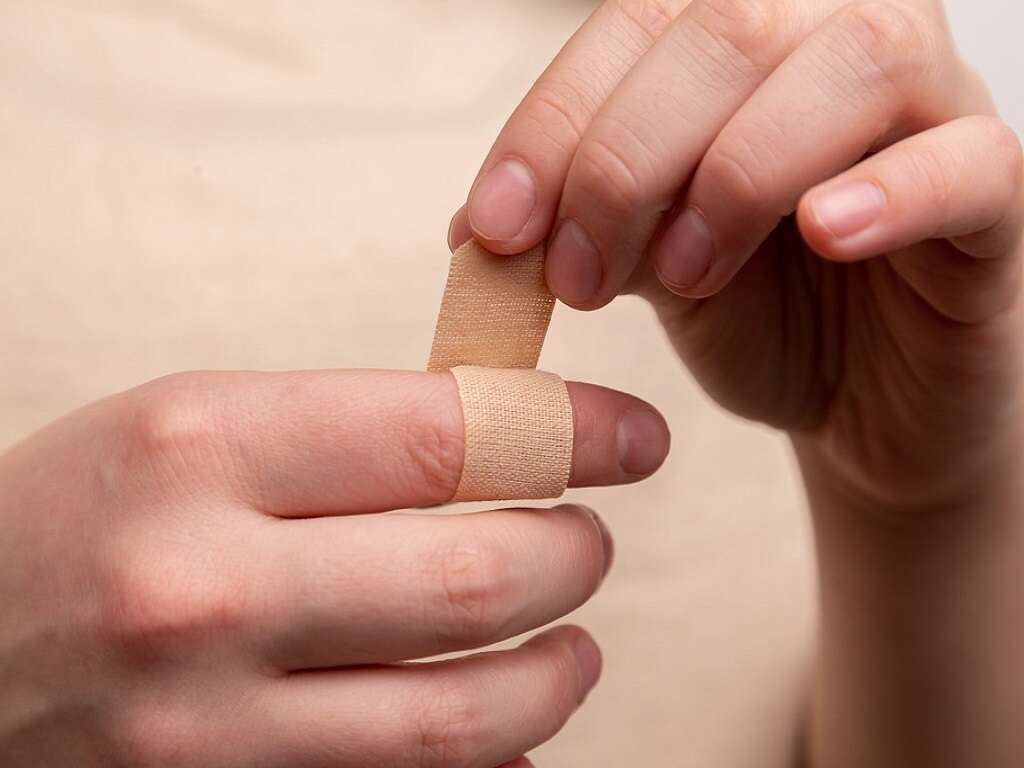
Paronychia in Fingers
Paronychia is more common in fingers than in toes. The reasons for this aren't clear but may be related to the hands being uncovered more often compared to the feet. In beauty treatments, the prodding and pushing of nail cuticles presents the ideal opportunity for bacteria to invade.
The same goes for nail-biting as it creates microscopic cuts that allow the bacteria to colonize. People who work with their hands submerged are more likely to have micro-cuts, which makes paronychia more likely.

Ingrowing Toenails
Paronychia is very common in cases of ingrowing toenails, as the nail slices through the skin and allows easy access for bacteria. The wound is then stopped from healing by the presence of the invading nail. It's not possible to fully manage these cases of paronychia without dealing with the overgrown nail, but symptoms can be lessened somewhat with antibiotics.
It's important to remember, however, that a nail infection alongside an ingrowing nail requires appropriate medical input.

Managing Paronychia
If the paronychia case is mild and hasn't started to spread beyond the fingernail, it can often be managed at home. Topical antiseptic can help. Soaking the infected finger in warm water for ten to fifteen minutes several times daily can be effective and adding a small amount of salt can aid this process.3Rockwell, Pamela G. Acute and Chronic Paronychia.’ American Family Physician, 15 Mar. 2001, www.aafp.org/afp/2001/0315/p1113.html
In more severe cases, oral antibiotics may be necessary to reduce the infection. In rare cases, larger abscesses may need to be medically lanced and drained.
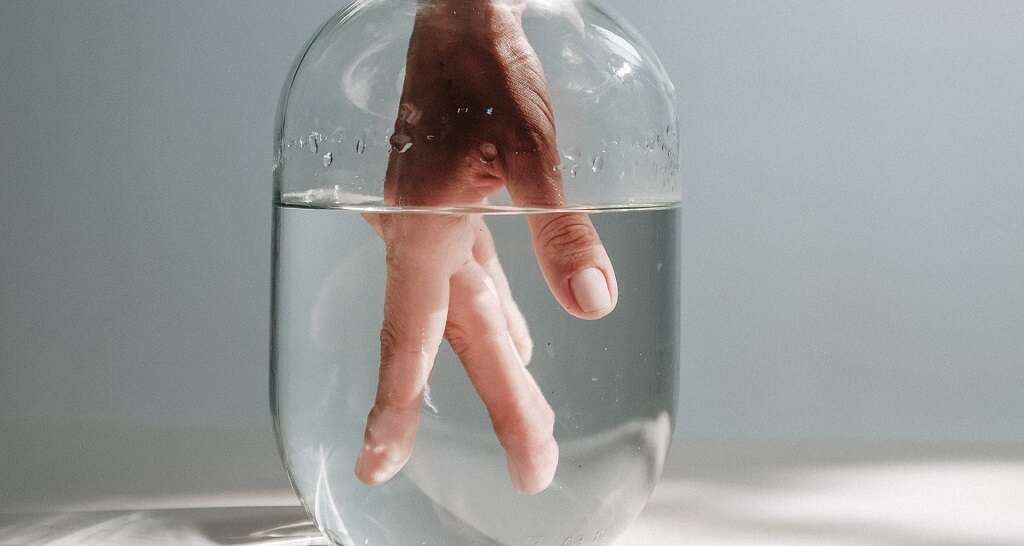
Prevention
Paronychia can be challenging to prevent, but there are precautions that can be taken. This is important for people who experience the infection regularly or who have underlying conditions that put them at risk.
Work where the hands are submerged should be limited where possible. Waterproof gloves may be a good idea. The hands and fingernails should be kept clean and dried carefully. Ensure that clean, sterile instruments are used in any treatments that go near the nail.
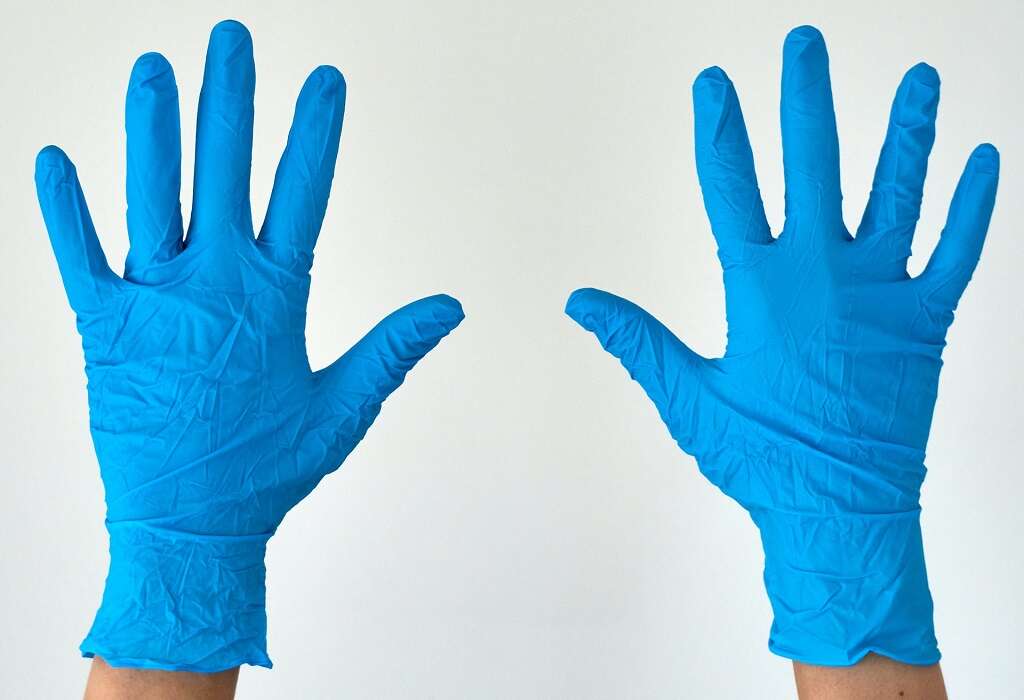
Herpetic Whitlow
A herpetic whitlow looks similar to paronychia. It affects the fingernail and has some of the same symptoms, with red swelling and pain. It's an infection caused by the cold sore virus and develops after direct contact with a contagious sore. It commonly affects dental workers.[[4]]
One crucial difference is that as it's caused by a virus, a herpetic whitlow doesn't produce pus. Instead, a cloudy area of skin develops, often along with small blisters. Herpetic whitlows improve on their own.
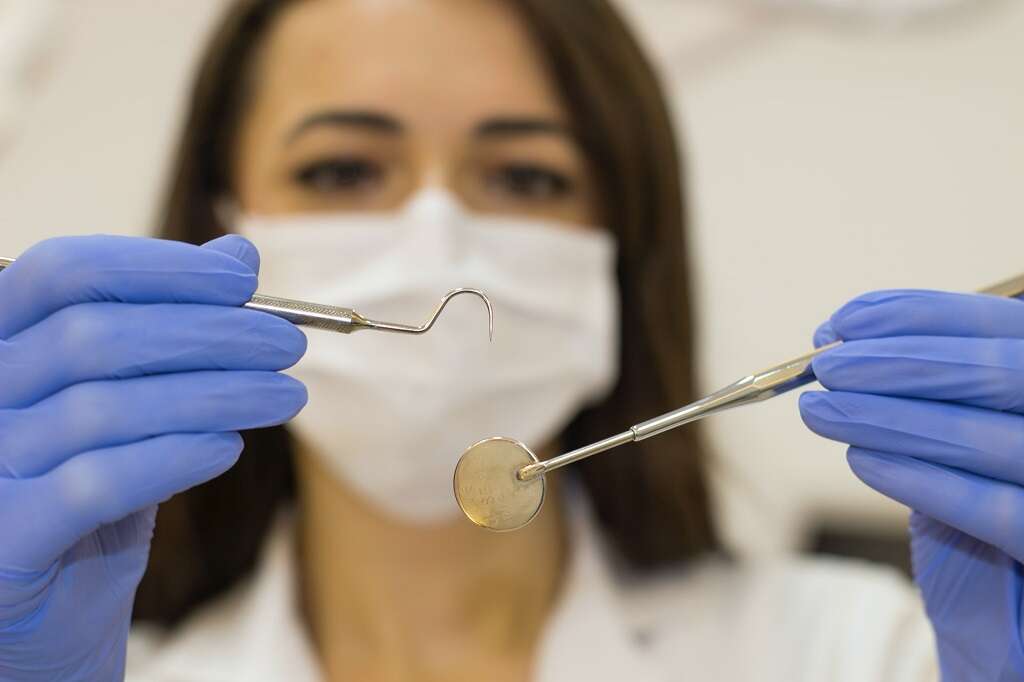
When To Seek Medical Help
People can usually manage paronychia at home. If the symptoms don't improve after a few days or spread further up the nail, it's important to see a health practitioner.
This is particularly important if someone has a compromised immune system or is diabetic. While rare, paronychia can lead to a more serious skin infection known as cellulitis. In the cases of paronychia alongside suspected ingrowing toenails, these may require a local anesthetic to manage successfully.
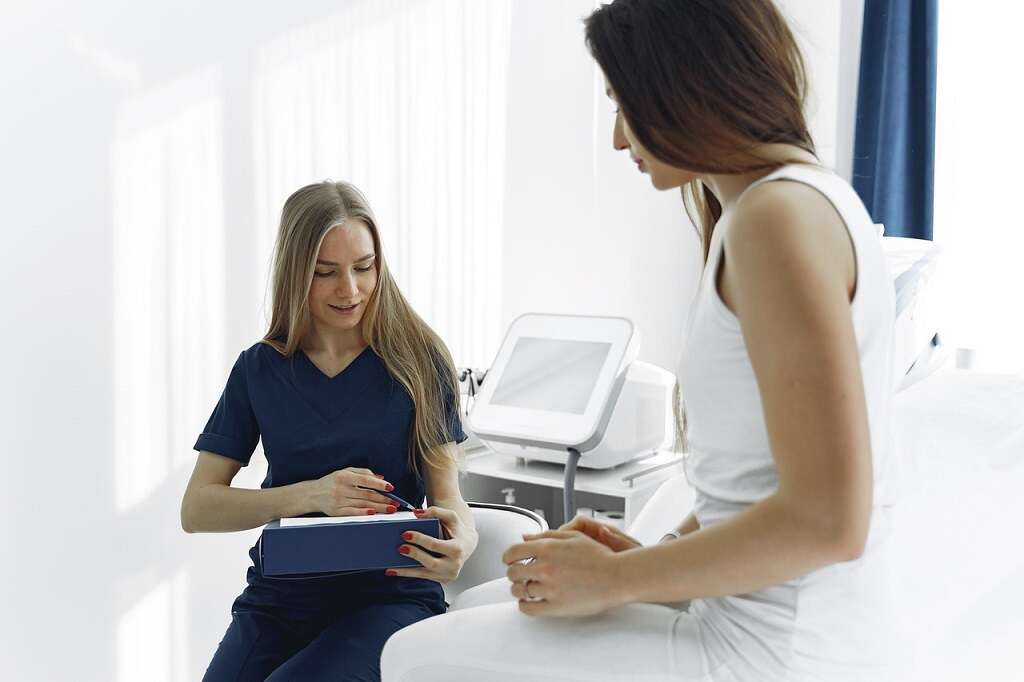
Outlook
Overall, paronychia has a good prognosis. Its symptoms are easy to spot and commonly clear in a few days. It can usually be managed at home with hot water soaks and topical antiseptic. In some cases, paronychia becomes chronic and can last weeks to months.
Complicated cases where the infection seems to be spreading or doesn't respond to treatment should be referred to medical professionals. Likewise, cases involving ingrowing nails should be dealt with as quickly as possible to minimize symptoms and prevent further infection.
